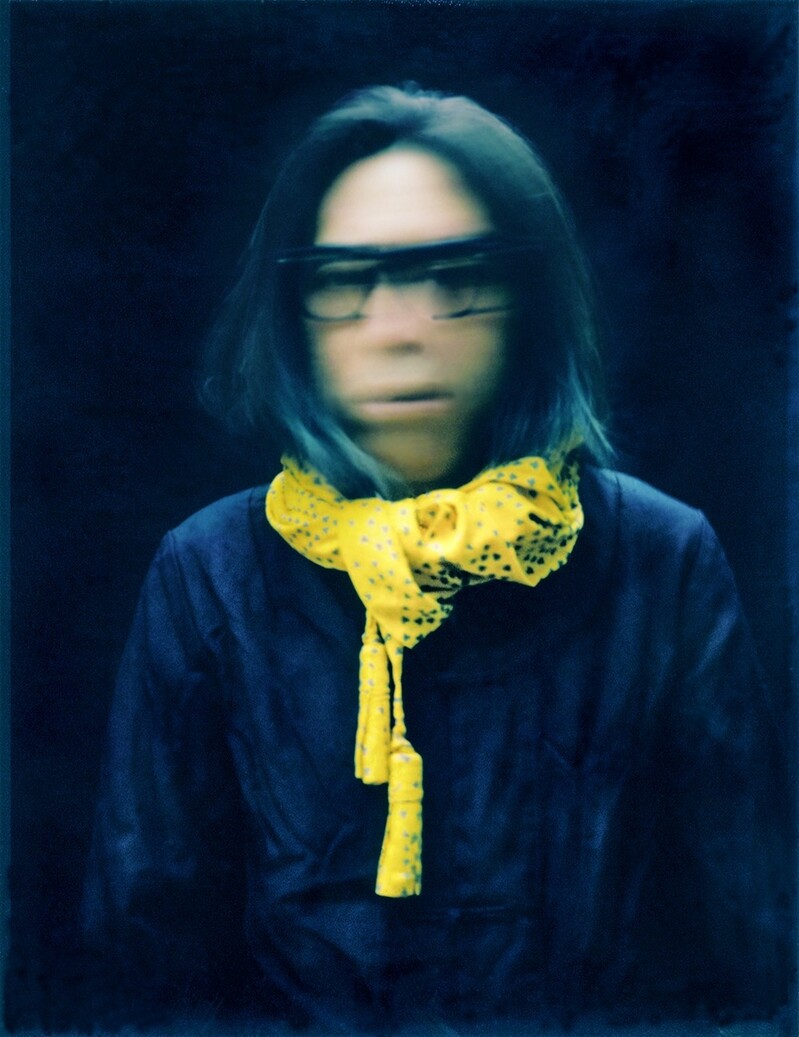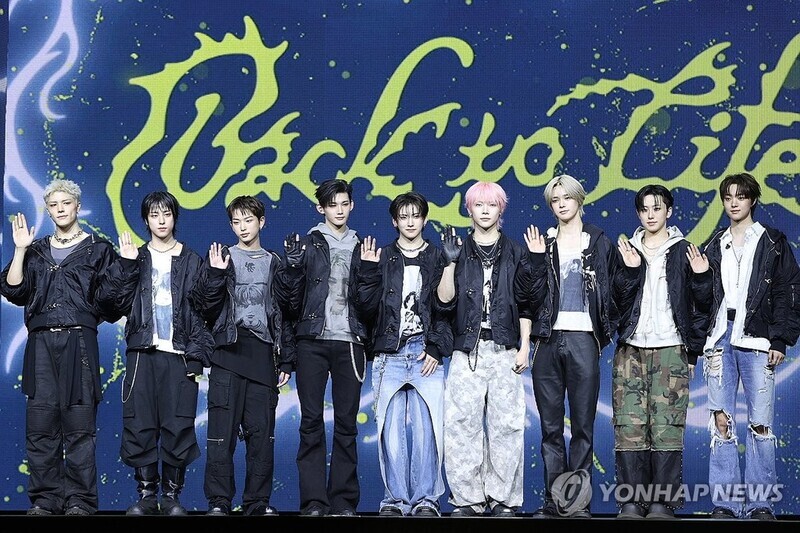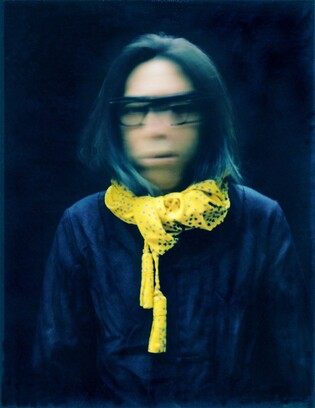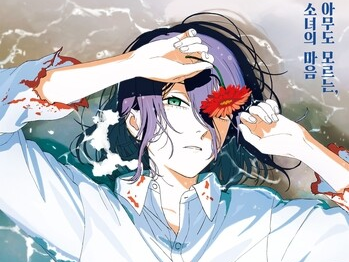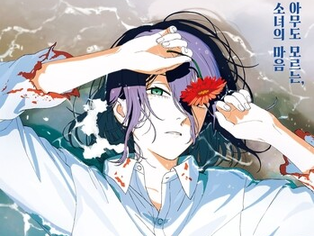* Editor's Note: According to the Korea Foundation's 2024 report, there are nearly 225 million Hallyu (Korean Wave) fans worldwide. With the advent of the "Digital Silk Road," transcending time and space, we are entering the era of "Hallyu 4.0." To help readers gain a fresh perspective on Korean culture and K-culture, the Yonhap News K-Culture Team has prepared a series of expert columns.
Shin Jong-geun's 'K-Liqueur' Story: Beopju, Traditional Rice Wine of Gyeongju
Contributed by Shin Jong-geun, exhibition planner and columnist (author of "Art and Liquor")
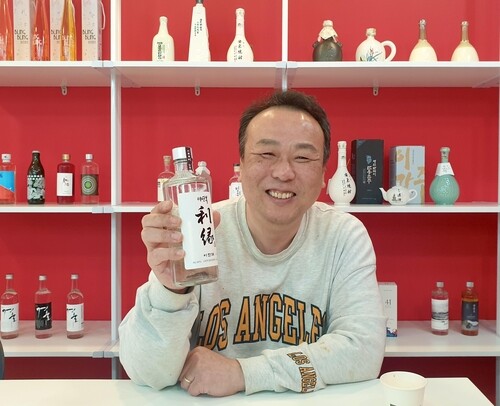
Beopju (法酒) is a traditional Korean rice wine similar to cheongju. Some say its name comes from being brewed according to strict rules and procedures ("beop" meaning law or method).
Another theory suggests that Buddhist monks, who followed the teachings of Buddha ("beop"), originally made the liquor, hence the name. Historically, beopju has been passed down since the Silla Dynasty and first appeared in records such as Goryeodogyeong and Goryeosa during the Goryeo period. In the Joseon Dynasty, it was reserved for high-ranking officials and foreign envoys.
Today, there are two main types of beopju: Gyodong Beopju and Gyeongju Beopju, along with a modern reinterpretation called Daemongjae 1779.
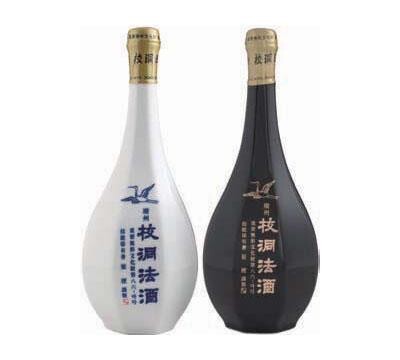 |
| ▲ Gyodong Beopju, screenshot from Gyodong Beopju website. (PHOTO NOT FOR SALE) (Yonhap) |
Gyodong Beopju originates from the renowned Choi family of Gyeongju, known for their immense wealth ("Choi Bu-jatjip," or the Choi family of millionaires).
The brewing tradition began with Choi Guk-seon (崔國璿, 1631–1682), who served as a royal kitchen official (Chambong) under King Sukjong of Joseon. After retiring, he returned to his hometown of Gyeongju and started making this rice wine.
For over 300 years, the Choi family has passed down the brewing method. The current designated master brewer, Choi Kyung (崔梗, 1944–), is the 10th-generation descendant of Choi Guk-seon.
The water used for brewing Gyodong Beopju comes from the well in the Choi family courtyard. This well is known for its consistently stable temperature throughout the year and has long been praised for its exceptional water quality. Before use, the water is first boiled and then cooled.
The brewing process begins with cooking porridge made from native glutinous rice and goji root in the well water. This mixture is combined with wheat-based traditional nuruk (fermentation starter) to create the base liquor. Next, glutinous rice is steamed to make godubap (steamed sticky rice), which is then added for secondary fermentation. The wine is fermented and aged for 100 days.
The ideal brewing season runs from September to April.
Gyodong Beopju has a clear, bright golden-yellow hue and a distinctive grain aroma. It offers a balanced flavor profile with sweetness, mild acidity, and a subtle tang.
In 1986, Be Yeo-shin, the daughter-in-law of the Choi family, was designated as an official holder of the Intangible Cultural Heritage of Korea in the category of Traditional Liquor Brewing for her mastery of Gyodong Beopju. Since receiving this recognition, she has been dedicated to preserving and passing down the brewing techniques.
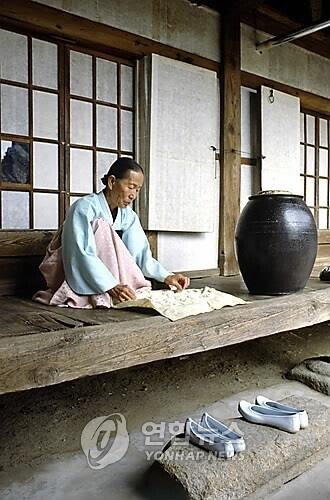 |
| ▲ The fermentation process plays the most significant role in the brewing secret of Gyeongju Beopju, a renowned liquor made with nuruk and glutinous rice, while the quality of water also has a major impact. Master Brewer Bae Young-shin says she feels a heavy responsibility since Beopju was designated as an Intangible Cultural Heritage. Photo taken on November 22, 1986, shows Bae handling steamed rice prepared for brewing. (Yonhap) |
In 2006, after 21 years, her son Choi Kyung was officially recognized as the second-generation master brewer, continuing the family’s legacy of crafting this historic rice wine.
Gyeongju Beopju traces its origins back to 1972, when the government realized that Korea lacked a representative traditional liquor to showcase to the world. In response, the government urgently tasked Geumbokju, a liquor manufacturer in the Daegu-Gyeongbuk region, with creating such a beverage. By September of that year, Gyeongju Beopju Brewing Co., Ltd. was established in Gyeongju.
Remarkably, within just two months, in November 1972, the first batch of Gyeongju Beopju was released.
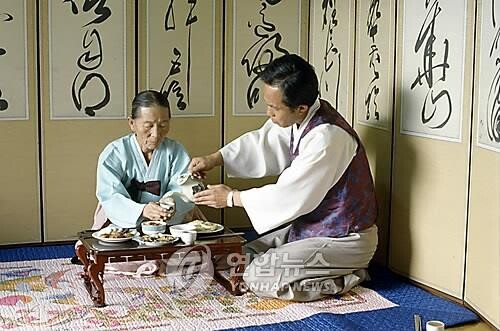 |
| ▲ Master Brewer Bae Young-shin, November 22, 1986. (Yonhap) |
Over the past half-century, Gyeongju Beopju has been recognized for its exceptional quality, having been served at state banquets and presented as a gift to foreign heads of state and dignitaries. In 2017, it was selected as the official banquet liquor for the World Heritage Cities Organization General Assembly. It also won a gold medal at the prestigious Monde Selection, an international liquor competition, in 2012. Unlike standard cheongju, which often contains added alcohol, Gyeongju Beopju is crafted through a long, low-temperature fermentation process using only Korean rice and wheat nuruk, resulting in an outstanding taste and aroma.
The brewing process involves a precise blend of ingredients: 30% polished non-glutinous rice and glutinous rice, with a ratio of 92.2% to 7.8%. It also incorporates modified wheat nuruk alongside ipguk, a Japanese-style fermentation starter. The mixture undergoes long-term fermentation at low temperatures, followed by a 100-day aging process.
Gyeongju Beopju Brewing Co., Ltd. produces various alcoholic beverages, including Gyeongju Beopju and Hwarang. Among them, Gyeongju Beopju Choteuksun, introduced in 2010, is particularly notable. It undergoes an extreme polishing process, refining the rice to just 21% of its original grain by removing ash, crude fat, and proteins—an unparalleled degree of refinement even by global standards.
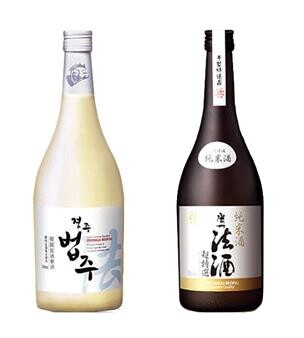 |
| ▲ Gyeongju Beopju and Gyeongju Beopju Choteuksun, captured from Gyeongju Beopju website. (PHOTO NOT FOR SALE) (Yonhap) |
In Japan, sake made from rice polished to 50% or less qualifies for the highest grade classification, Daiginjo (大吟醸). However, Gyeongju Beopju Choteuksun surpasses this, with an even lower rice polishing ratio. Despite this, due to its use of ipguk instead of traditional nuruk, its highly polished rice, and the Japanese-style name Choteuksun, it is sometimes referred to as "Japanese-style cheongju" under Korean liquor laws, even though it remains classified as cheongju.
Another noteworthy development in Korea’s traditional liquor scene is Daemongjae 1779, a premium yakju launched in 2022 by House of Choi Co., Ltd. This liquor originates from a family-brewed rice wine passed down exclusively through the daughters-in-law of the Gyeongju Choi clan, surviving only in limited form. House of Choi modernized the brewing process while preserving its heritage, reinterpreting its value for contemporary audiences. It is made from rice cultivated in the company’s own farmlands in Pyeongdong, Gyeongju, with a limited monthly production of just 300 bottles.
The name Daemongjae comes from the wooden plaque adorning the Choi family's historic residence, meaning "a place that harbors great dreams." It was also the name of a study room where the family's young scholars prepared for government examinations. The number "1779" signifies the year the Choi family settled in Gyeongju. Choi Jae-yong, a descendant of the Choi family, founded House of Choi as a business that continues the family's legacy and values.
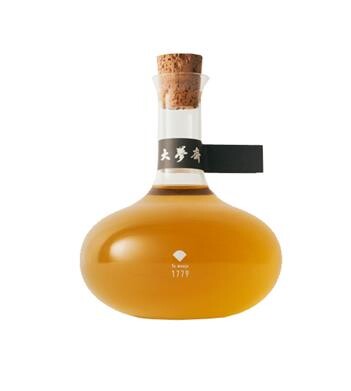 |
| ▲ Daemongjae 1779, captured from Gyeongju Beopju website. (PHOTO NOT FOR SALE) (Yonhap) |
Beopju, the traditional liquor of Gyeongju, stands as one of Korea's representative drinks, embodying a rich history and deep-rooted traditions. Even today, it continues to preserve its heritage while maintaining relevance in modern society. The Gyeongju Choi family has long contributed to the community, and even after donating their entire wealth to society, they have continued their legacy in new forms.
As a writer, I can only extend my heartfelt wishes for the continued prosperity and sustainability of this distinguished family.
(C) Yonhap News Agency. All Rights Reserved




















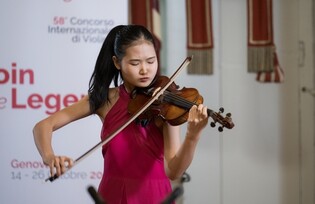
![[ENG/JPN/Full] TEMPEST(템페스트) 'In The Dark(어둠 속에서)' Showcase|As I am|한빈·형섭·혁·은찬·LEW·태래](/news/data/20251027/p179578205733686_156_h.jpg)


